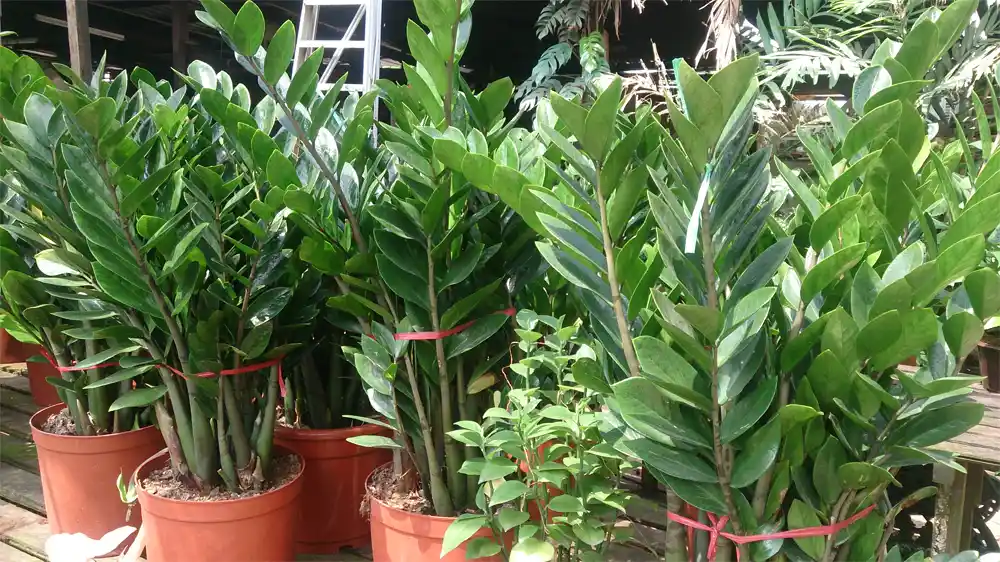ZZ plants, also known as Zamioculcas zamiifolia, are a popular houseplant due to their low maintenance and hardy nature. They are native to tropical regions of Africa and are known for their glossy, dark green leaves and thick, tuberous stems. ZZ plants are easy to care for and can thrive in a variety of environments, making them a great choice for novice gardeners. However, there are some best practices for ZZ plant care that should be followed in order to ensure the health and longevity of your plant.
Watering
One of the most important aspects of ZZ plant care is watering. ZZ plants are drought-tolerant and do not require frequent watering. In fact, overwatering can be detrimental to the health of your plant. When watering your ZZ plant, it is best to wait until the top inch of soil is dry before adding more water. This will help to prevent root rot and other issues caused by overwatering. Additionally, it is important to use lukewarm water when watering your ZZ plant, as cold water can shock the roots and cause damage.
Light
ZZ plants are known for their ability to thrive in low light conditions, making them a great choice for indoor spaces. However, they do need some light in order to grow and thrive. It is best to place your ZZ plant in a spot that receives bright, indirect light. Direct sunlight can be too intense for the plant and can cause the leaves to burn. Additionally, it is important to rotate your ZZ plant occasionally in order to ensure that all sides of the plant are receiving an equal amount of light.
Temperature
ZZ plants prefer warm temperatures and should not be exposed to temperatures below 55°F (13°C). Additionally, it is important to keep your ZZ plant away from drafts and air conditioning vents, as these can cause the leaves to dry out.
Humidity
ZZ plants prefer a humid environment, but they are not overly sensitive to humidity levels. If you live in a dry climate, it is a good idea to mist your ZZ plant occasionally in order to increase the humidity around the plant. Additionally, you can place a humidifier near your ZZ plant in order to keep the air around the plant moist.
Fertilizer
ZZ plants do not require frequent fertilizing, but it is a good idea to fertilize your plant once or twice a year in order to ensure that it is getting the nutrients it needs to grow and thrive. It is best to use a balanced fertilizer that is specifically formulated for houseplants. Additionally, it is important to dilute the fertilizer to half the recommended strength in order to prevent fertilizer burn.
Pruning
ZZ plants do not require frequent pruning, but it is a good idea to trim off any dead or damaged leaves in order to keep the plant looking its best. Additionally, it is important to remove any yellow or brown leaves, as these can indicate that the plant is not getting enough light or water.
FAQs
Q: How often should I water my ZZ plant?
A: It is best to wait until the top inch of soil is dry before adding more water. This will help to prevent root rot and other issues caused by overwatering.
Q: What type of light does a ZZ plant need?
A: ZZ plants prefer bright, indirect light. Direct sunlight can be too intense for the plant and can cause the leaves to burn.
Q: Does my ZZ plant need to be fertilized?
A: ZZ plants do not require frequent fertilizing, but it is a good idea to fertilize your plant once or twice a year in order to ensure that it is getting the nutrients it needs to grow and thrive.
Q: How often should I prune my ZZ plant?
A: ZZ plants do not require frequent pruning, but it is a good idea to trim off any dead or damaged leaves in order to keep the plant looking its best. Additionally, it is important to remove any yellow or brown leaves, as these can indicate that the plant is not getting enough light or water.







